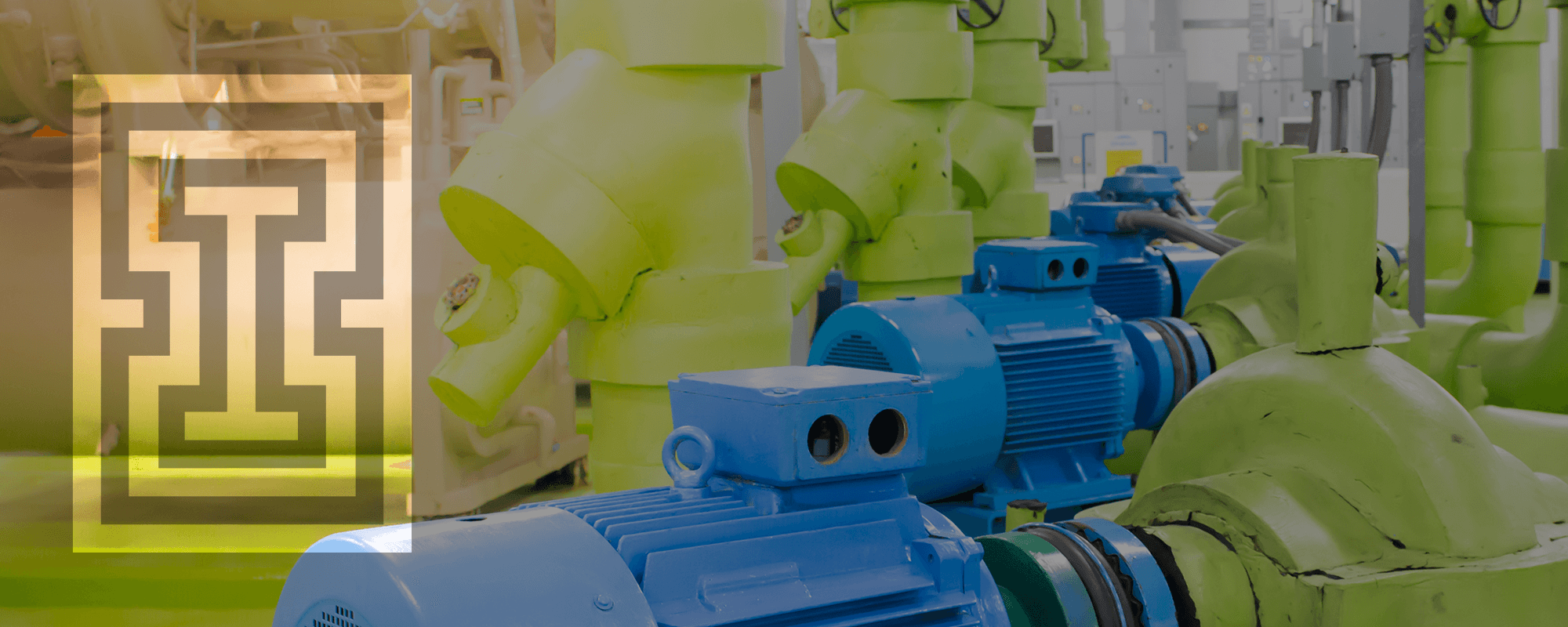“Which is better: an air-operated pump or a centrifugal pump?”
This is a question we get all the time, and the answer is: it depends.
It depends on your application, first and foremost. But it also depends on your industry, especially as we’ve seen regulatory changes across industries drive demand for certain kinds of pumps over others. Take, for example, IMO 2020, a new 0.5% global sulphur cap enforced by the International Maritime Organization. This regulation is driving infrastructure upgrades across the Oil & Gas industry, which in turn is driving demand for centrifugal pumps that can better handle low-sulphur fuels.
But application and industry are not the only deciding factors when choosing between an air-operated pump and a centrifugal pump. Here’s a basic breakdown of the two pumps and their pros and cons.
What is an Air-Operated Pump and What is it Used For?
Air-operated pumps, also known as diaphragm pumps, use suction to intake fluid and a discharge outlet to move that fluid, using either a reciprocating design or a rotary design. Air-operated pumps are ideal for pumping high-viscosity liquids, as well as for applications that involve pumping liquid with solids in it, such as mining. Air-operated pumps are generally used above the surface or in shallow fluid environments, although they can also be submerged, as long as the exhaust line remains above the fluid line.
What is a Centrifugal Pump and What is it Used For?
Centrifugal pumps have an impeller, which converts rotational energy from an electric motor or driver into hydrodynamic energy. They transport liquids using centripetal force either with an axial flow, a radial flow, or a mixed flow. Centrifugal pumps are used in all types of fluid transport situations and are good for use in submersed environments.
Air-Operated Pumps: Pros and Cons
Air-operated pumps have a lot of pros. These pumps:
-
- Can handle very high volumes.
- Can easily pump a range of fluids from light to medium viscosity, including corrosive or abrasive fluids
- Can be powered by either electric motor or compressed air and are suitable for a wide range of applications.
- Have no internal seals or moving components such as rotors, gears, or pistons, which means they require very little maintenance.
- Are controlled using actuators, which are cheaper than variable frequency drives.
Some potential downsides you may want to consider:
-
- Without external speed control, air-operated pumps only operate up to 120psi.
- Running these pumps in a harsh environment, e.g. a plant with very low temperatures, might require additional maintenance.
- These pumps can be noisy.
Centrifugal Pumps: Pros and Cons
There are also a lot of pros to choosing a centrifugal pump. These pumps:
-
- Are very efficient due to design features that eliminate pulsations and produce a constant flow.
- Can take heavy loads and high heat.
- Are quick to install and generally low maintenance thanks to the simplicity of their engineering.
Some potential downsides you may want to consider:
-
- These pumps have more limited capabilities when it comes to shearing mediums and suction.
- They can be damaged by particles in the fluid or by viscous fluids.
- Flow rate can be affected by changes in pressure when operated under less-than-ideal conditions.
Air-Operated vs. Centrifugal: Factors to Consider
Flow Rate and Efficiency
One big difference between these two pump types is the flow rate. Centrifugal pumps typically have a turndown ratio of 3:1, while most air-operated pumps have a turndown ratio of 10:1 or more. Air-operated pumps increase in efficiency as pressure increases. While this principle also applies to centrifugal pumps, centrifugal pumps tend to peak in efficiency operating at 80-110% of their best efficiency point (BEP).
Shearing
Another thing to consider is the types of fluids you’ll be transporting and whether or not they are shear-sensitive. Due to the high-speed impellers on centrifugal pumps, they are not ideal for shear-sensitive fluids. Impellers can cause these fluids to change viscosity, so they need to be handled gently. Air-operated pumps, on the other hand, are ideal for shear-sensitive mediums due to their low internal velocity.
The Environment
One huge benefit of both air-operated pumps and centrifugal pumps is that they’re sealless. A pump with no seal is essentially leak-free, which makes these pumps more eco-friendly than traditional multi-seal pumps.
The Bottom Line: Air-Operated Pump vs. Centrifugal Pump
There is a time and a place for both! Ultimately, the perfect pump for you will depend on a variety of factors. An Industrial Pump & Equipment team member can help you decide by asking a few questions about your individual application and unique needs. Contact us to get started.

